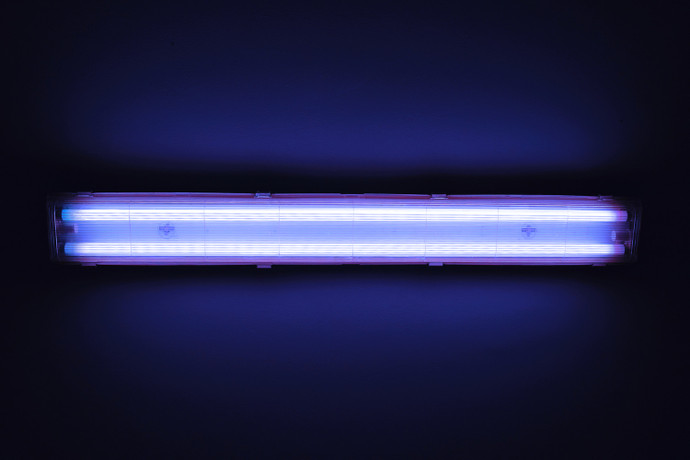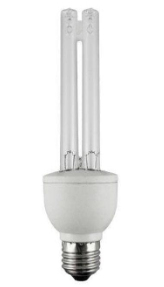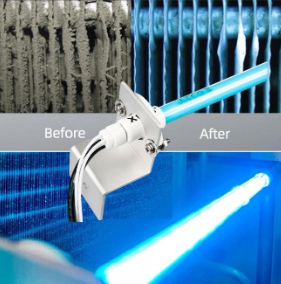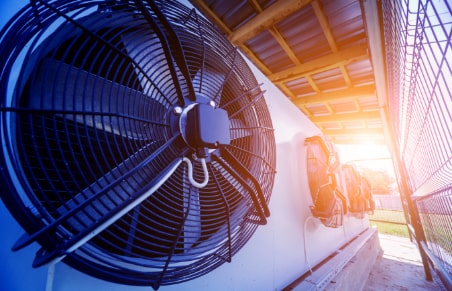Busting 5 Myths About UV Lamps
The use of a UV germicidal lamp for disinfection has gained recognition in the past few years. In light of the pandemic and ways to find efficient methods to disinfect spaces, UV lamps have found many applications in residential, industrial and commercial spaces.
However, the rapid application of UV lamps for disinfection also gave way to several myths about using a UV light for disinfection.
For this blog, we sat down with experts and tried to find the truth behind these myths. Here’s what our experts had to say about UV light myths.
Myth1: UV light is harmful to humans
Truth: As per experts, the harmful effects of UV light are proportional to the distance of the human being from the source of UV light.
If someone is standing very close to the UV germicidal lamp, the exposure rate is high and can cause harm. However, when you stand far away from the UV source, the exposure rate is extremely low and doesn’t have any effect.
Most of the UV light is absorbed by the dead cell layer on the human body preventing its entry into the healthy cells and reducing the chances of any harm.
In the case of bacteria and other contaminant particles, the size of the cell is extremely small and hence, UV light can penetrate the cells, alter the DNA and kill those cells effectively.
Myth2: UV light is expensive
Truth: Although the initial installation of a UV germicidal lamp seems expensive, the return on this investment is high thus making it inexpensive in the long run. Compared to other methods of disinfection, such as biocides, using a UV germicidal lamp is safe and inexpensive.
Using biocide as a disinfection method can come cheap initially but has expenses in the future. Constant exposure to biocides through air and surface can result in respiratory issues, skin issues, and more causing expensive hospital trips. So, even if you don’t spend too much on biocide cleaning, you will in hospital bills.
This is not the case while using a UV light for disinfection. Using UV light for disinfection is not harmful to the environment or your pockets in the long run.
Myth3: UV-C germicidal light passes through the glass
Truth: Glass is one of the materials that prevents UV light from passing through. Another material that stops UV light from passing through is aluminum.
You might say that you see blue light passing through the glass when using UV lamps. However, you must remember that the human eye can’t see UV-C germicidal light. Even if you see blue light across the glass, the UV-C germicidal light is blocked behind the glass.
Myth4: UV-C light is blue
Truth: The truth is UV-C light has no color. The blue color you see when you switch on UV-C lamps is due to the ignition of the argon gas in the lamp.
Myth5: UV lamps need more maintenance
Truth: The average lifespan of UV lamps is 12 months. Moreover, it depends on how frequently you use UV lamps for disinfection. If you are using a UV light for disinfection in your home or office space every day, the lamp needs to be replaced in 12 months.
However, if the usage is less, the UV germicidal lamp must be changed in 3 years.
Bottom Line
Using UV light for disinfection is highly beneficial. And the myths associated with it are due to a lack of knowledge about this technology. However, when you learn that using UV lamps is safe, effective, affordable, and environmentally friendly, you will make the right choice.
To procure high-quality UV lamps for residential, commercial, and industrial purposes, you can get in touch with us at Light Spectrum Enterprises, Inc. With more than 20 years of experience, we provide OEM services in UV lamp manufacturing and other services.
Contact our team now to find out more.



